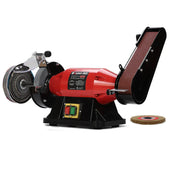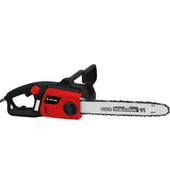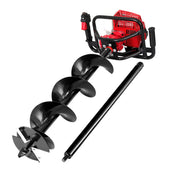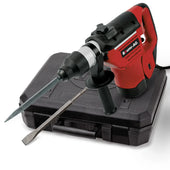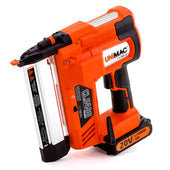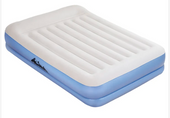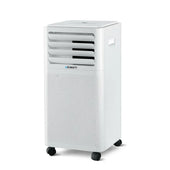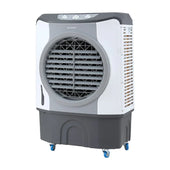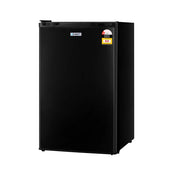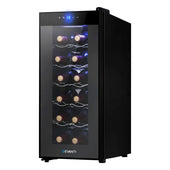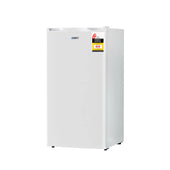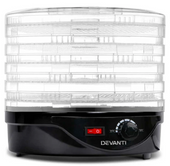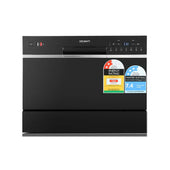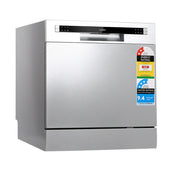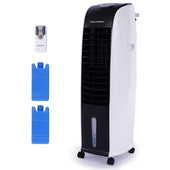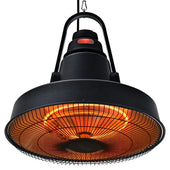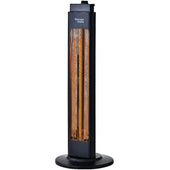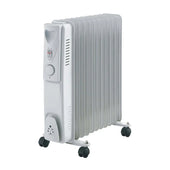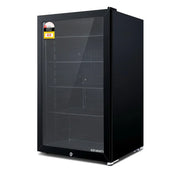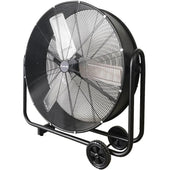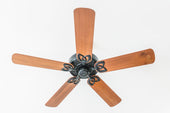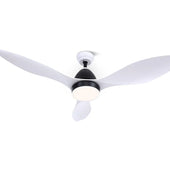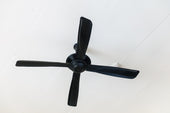Introduction: Why Efficient Shoe Storage Matters
Efficient shoe storage plays a crucial role in maintaining an organised and functional living space. Shoes, often overlooked in home organisation, can quickly clutter entryways, closets, and bedrooms if not stored properly. Overcrowded storage areas damage footwear due to pressure and reduce the longevity of shoes. Additionally, an organised system saves time when selecting the right pair, especially during busy mornings.
Proper storage solutions also cater to different kinds of shoes, from delicate heels to bulky boots, ensuring each type is preserved appropriately during days. Furthermore, a well-planned setup maximises available space, preventing unnecessary wastage and creating a clean, visually appealing environment.
Evaluating Your Current Shoe Collection
A systematic assessment of the existing shoe collection is crucial to determining storage needs effectively. Begin by categorising shoes based on type, such as formal, casual, athletic, or seasonal footwear. This helps provide clarity on usage frequency and specific storage requirements. Next, inspect each pair for wear and tear, deciding whether they should be kept, repaired, donated, or discarded. Consider how often each pair is worn and evaluate if duplicates exist, which may contribute to unnecessary clutter. Assess storage compatibility—do some shoes require unique arrangements due to their shape or material? Organising this information allows for informed decisions regarding storage capacity adjustments.
Determining How Much Space You Have
When evaluating shoe storage requirements, begin by assessing the available space in your home. Measure closets, under-bed areas, or entryways where shoes are typically stored. Use a tape measure to capture length, width, and height dimensions. Take note of unused vertical spaces, which could accommodate shelving or hanging storage solutions.
Consider current furniture placement and whether repositioning might create additional storage opportunities. Account for varied shoe styles, as bulky items like boots may require more room. Categorise these areas into accessible zones and less-frequented spaces to determine primary storage versus overflow storage needs.
Including these spatial insights ensures practical decisions when planning ideal shoe storage arrangements.
Categorising Your Shoes for Better Organisation
Organising shoes begins with categorising them based on their type, frequency of use, and purpose. Divide footwear into groups such as casual shoes, formal shoes, athletic trainers, seasonal boots, and sandals. Consider splitting categories further by colour, material, or occasion. For those with varied lifestyles, this ensures faster selection and reduces clutter.
Utilise distinct storage solutions like stackable boxes for lesser-used pairs, or open racks for everyday footwear. Seasonal rotation is key; move out-of-season pairs to a dedicated space. Proper categorisation not only saves space but also prolongs shoe lifespan through better maintenance and accessibility.
Considering Seasonal and Rotational Storage Needs
Seasonal changes significantly impact shoe storage requirements, as different times of year necessitate specific footwear types. For instance, bulky winter boots require ample space and may need to be stored separately during summer months. To maximise efficiency, individuals must account for rotation between seasonal footwear, ensuring easy accessibility while keeping off-season shoes in protected storage.
Strategies for managing seasonal shoes effectively include:
- Categorisation: Separating shoes based on season, such as summer sandals or winter boots.
- Utilising Boxes or Containers: Storing off-season footwear in durable, labelled boxes for quick identification.
- Vertical Storage Options: Using racks or shelves for space-saving solutions.
By considering these needs, one can optimise storage capacity while maintaining organisation and accessibility throughout the year.
Factoring in Family or Shared Shoe Storage
When accounting for family or shared shoe storage, it’s crucial to evaluate the collective needs of everyone who shares the space. Start by assessing the number of household members and their shoe inventory. Consider how frequently shoes are purchased or replaced by different individuals.
An inclusive approach involves creating categories for different types of shoes, such as daily wear, athletic, seasonal, and occasion-specific styles, to ensure efficient organisation. Shared spaces should prioritise accessibility, with high-traffic shoes placed within easy reach and less-used items stored higher or in less accessible areas.
Additionally, implementing clear boundaries for each person’s storage can prevent overlap and maintain order. For shared zones, labelling sections or incorporating individual baskets can simplify management.
Choosing the Right Storage Solutions for Your Space
Selecting appropriate shoe storage depends on the size, layout, and functionality of the available space. For compact areas, consider vertical storage solutions like stackable shoe racks or over-the-door organisers. Larger spaces may benefit from dedicated shoe cabinets or built-in wardrobes with custom compartments. Analysing the number and type of shoes is vital; for high heels, opt for shelving with adequate height, while trainers or flats may fit into slide-out drawers.
Durability and material also play a role; wooden units offer longevity, whereas plastic options are lightweight and budget-friendly. Evaluate mobility requirements for frequently rearranged spaces.
Maximising Vertical and Hidden Storage Areas
Utilising vertical and hidden storage areas can significantly increase shoe storage capacity without requiring additional floor space. Vertical storage solutions such as wall-mounted racks, stacked units, or shelving systems allow shoes to be arranged efficiently, using height instead of width. Adjustable shelves are particularly helpful for accommodating various shoe sizes and types.
Hidden storage areas, such as under-bed drawers, ottomans with compartments, or stair risers equipped with pull-out drawers, are perfect for discreetly storing shoes. Using compact organisers within these hidden spaces can enhance accessibility and orderliness. Combining these strategies ensures optimal utilisation of undervalued storage zones, enabling a practical and neatly arranged shoe collection.
Calculating an Ideal Storage Capacity for Future Growth
To determine the ideal shoe storage capacity, consider factors like anticipated lifestyle changes, purchasing habits, and space availability. Begin by evaluating current shoe ownership and categorising them based on usage—everyday wear, seasonal footwear, and special occasions. Then, reflect on future needs, such as acquiring formal shoes for professional growth or outdoor footwear for hobbies.
Estimate the number of shoes likely to be added annually. Use this projection to calculate extra storage requirements. Factor in room for display, maintenance, and ease of access. Additionally, consider modular or expandable storage solutions to adapt to changing needs. This ensures sustainable organisation and avoids overcrowding.
Practical Tips for Keeping Your Shoe Storage Efficient
- Categorise by Purpose: Group shoes by type, such as casual, formal, athletic, or seasonal. This enables quick access and avoids unnecessary clutter.
- Utilise Vertical Space: Use stackable shelves, over-the-door organisers, or wall-mounted racks to save floor space while increasing storage capacity.
- Implement Rotation: Regularly rotate seasonal shoes. Store off-season pairs elsewhere to maximise everyday storage for current needs.
- Maintain Organisation: Dedicate time to declutter periodically. Donate or dispose of pairs no longer in use to free up space.
- Invest in Clear Boxes: Opt for transparent storage boxes to easily identify contents without rummaging through.
- Label Storage Areas: Add concise labels to bins, sections, or shelves for effortless retrieval and consistent organisation.



